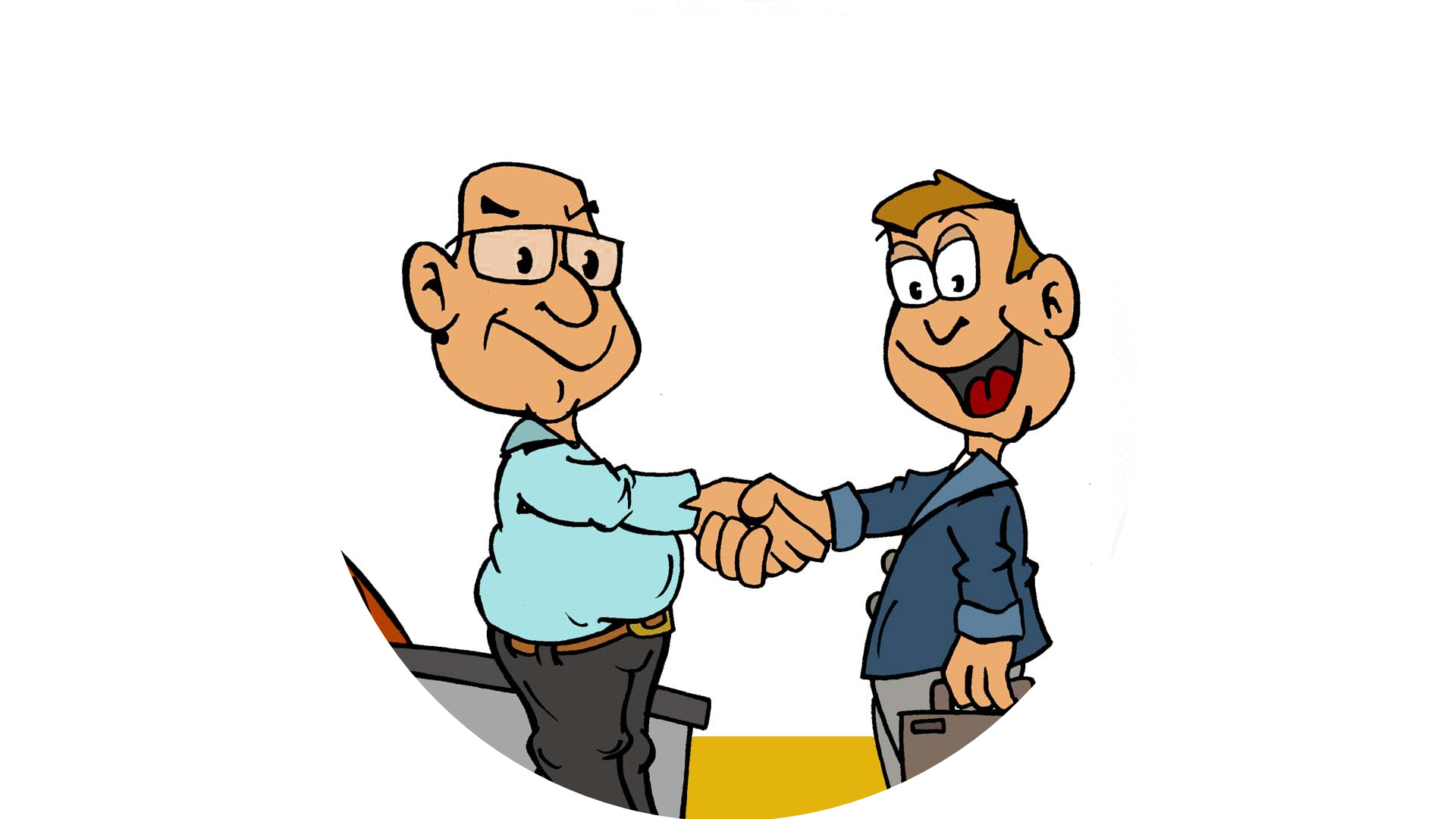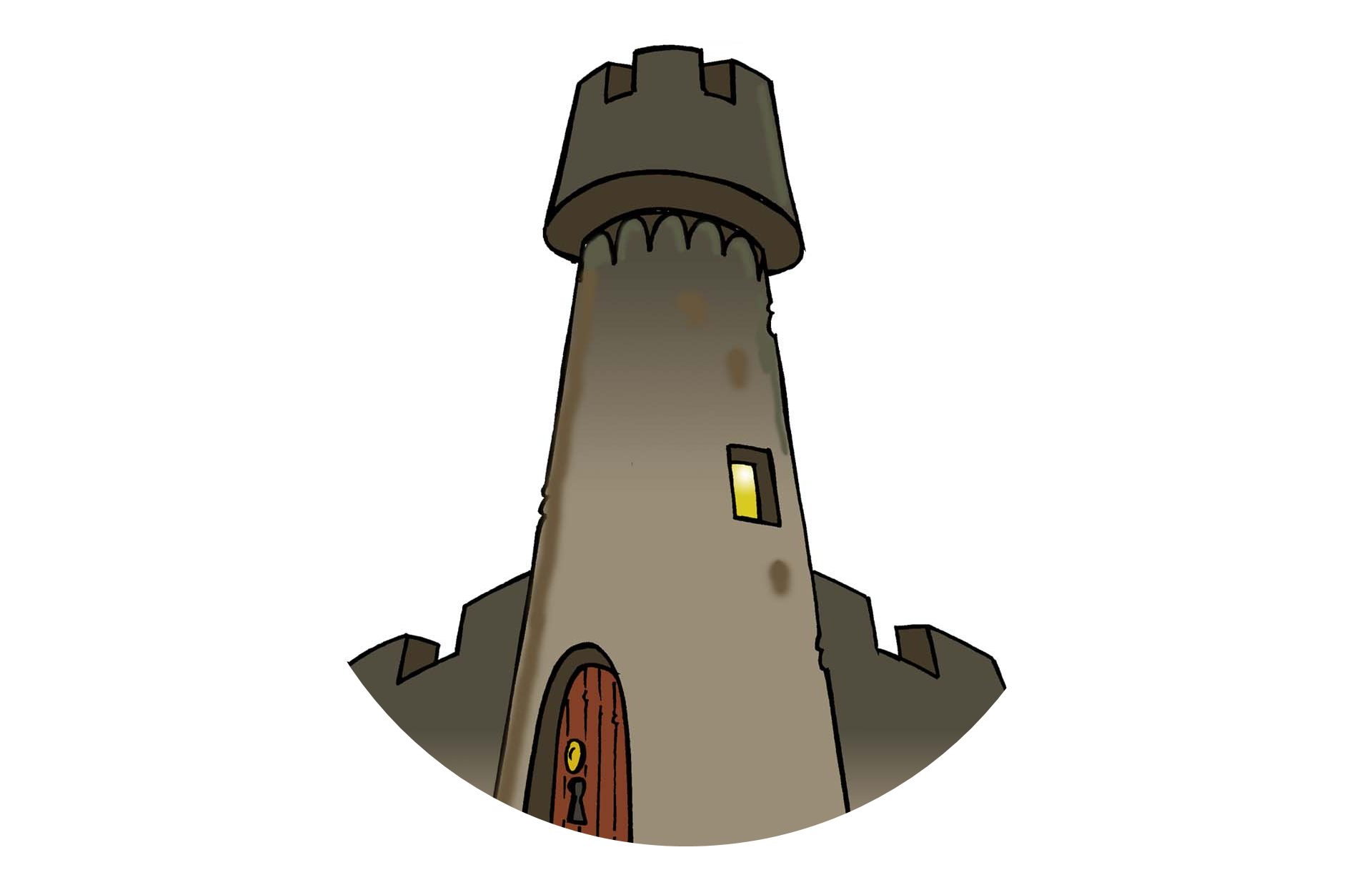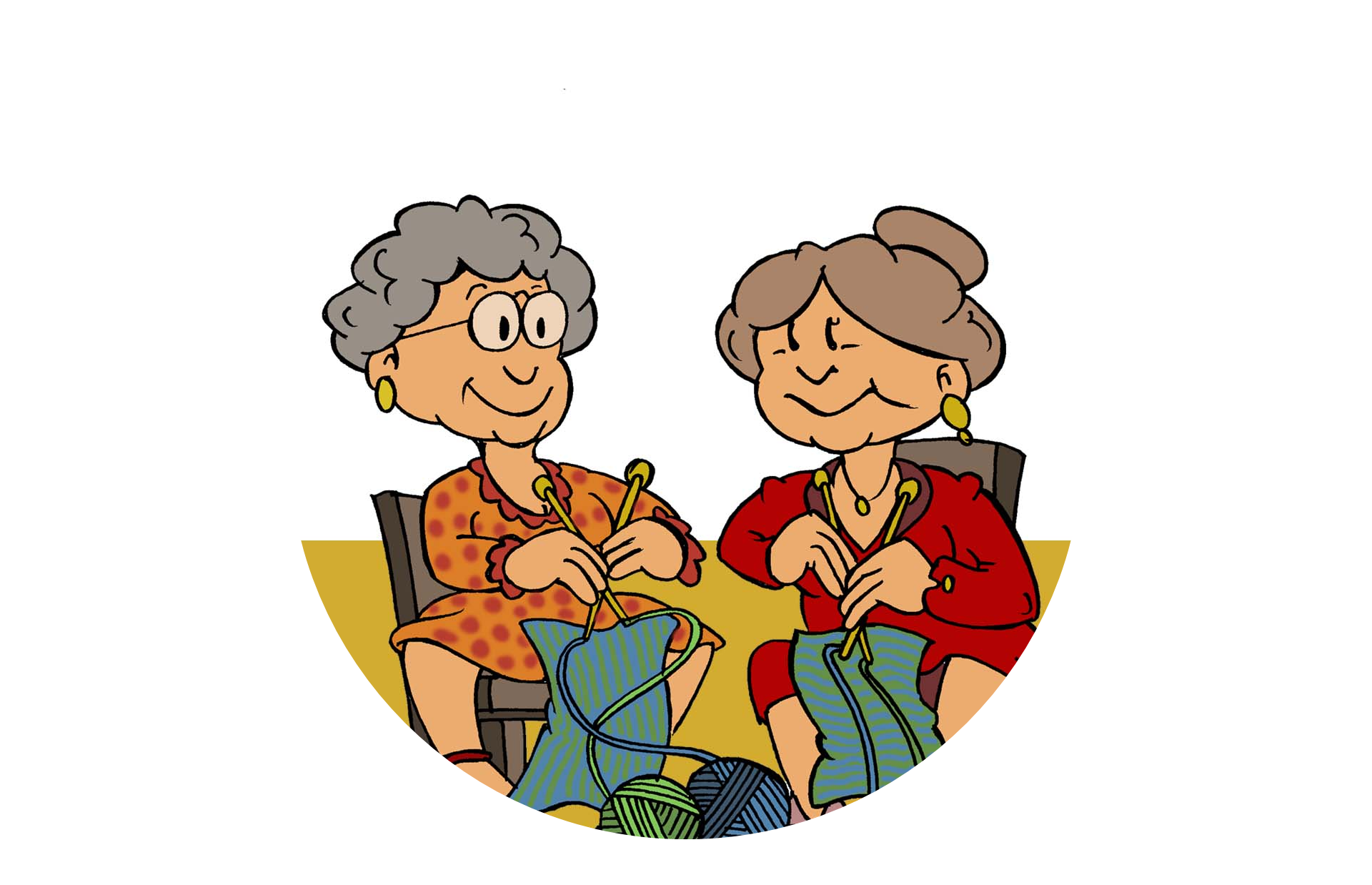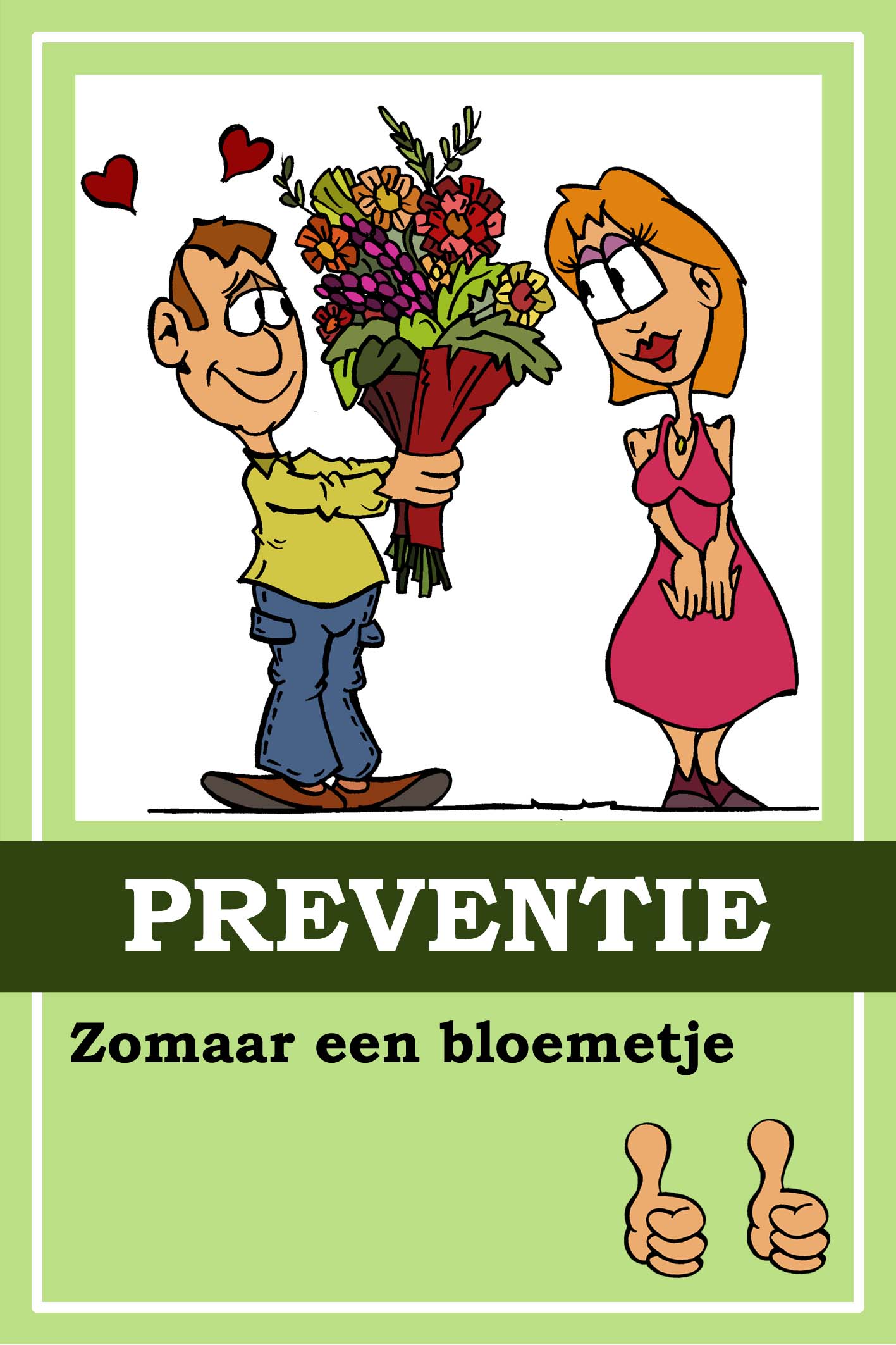Welcome to the Suicide Game
“An extraordinarily surprising game that facilitates the discussion of such a sensitive issue in an interactive manner for everyone! Ideal for both training of professionals as for students.”
Suicide is not a game
Suicide is not a game. If someone wants to commit suicide, that is really very sad. Perhaps it can be prevented. But talking about suicide is not easy. For people who never think of suicide, the mere thought can be extremely objectionable. Thinking about suicide is quite difficult, because it involves a mixture of emotions. On the one hand it can make us angry and upset because we find it antisocial and selfish, yet again we find it also very sad for all those involved and moreover, it makes us feel miserable ourselves. Talking about things that come with such different emotions is just hard.
The Suicide Game is not meant to encourage people to commit suicide. We think that through the relativistic nature of the game, people will be able talk easier on this sensitive issue.
If you are seriously thinking about putting an end to your life, you need professional help. Discuss this with your doctor, who can refer you to people who can help. You can also find lots of help on the Internet. In the Netherlands 113.nl set up specifically for this purpose. The creators of the Suicide Game are not involved with this website.
The object of the game
The object of the game is to commit suicide. The problem is that you are sitting at a table with people all wanting to do exactly the same thing as you. However, you definitely do not want the others to end their lives. The problem is that the others have similar feelings. So while everyone is busy staging their own death, the table companions are also franctically trying to avoid the others to achieve the same.

Audiences

History of the game
The Suicide Game (Dutch: Zelfmoordspel) was created December 2016 by Wil Witting during his two year specialized psychiatry training for family doctors. The first time Wil played the game was with his two secondary school-going sons who immediately liked the game a lot. After this first-time play the rules of the game were final. The second time the game was played during the a presentation of the specialized psychiatry training. Without exception all participants were very enthusiastic about the game. Based on the feedback given, some moodcards were added to the game: the game rounds with the prototype had shown that the participants wanted to have a greater chance of winning. In other words: they wanted a higher chance to commit suicide.
For the final version of the game all the cards were drawn by Henk Akker . The 53 different cards were completed in April 2017. In parallel, this website was developed to roll out the game. As soon is is clear that there is sufficient demand, the game will also be released in other languages.

What's in the box
The game includes 110 cards and comes in a luxury box with a copy of the rules. The 110 playing cards are divided into 9 character cards, 39 murderweapon cards, 32 mood cards, 10 prevention cards, 10 obstruction cards and 10 heathcare professional cards.
The rules in brief
* The more players involved, the less the chance of suicide .
A little science
A game is obviously no science, but the Suicide Game is based on the integrated model for stress, vulnerability and entrapment as described in the Dutch “Multidisciplinary guideline diagnosis and treatment of suicidal behavior” (2012). In real life our vulnerabilities are determined by many factors such as character, beliefs, genetics and social status. In the Suicide Game, these vulnerabilities are determined by the character-card that you obtain at the start of the game. Stress is caused by the misery that you experience in life, such as life events and psychiatric disorders. In the game these are reflected by the moodcards by which you gather worry-points. If someone is suicidal, we will want to help him. In real life, we can do so by getting a person in touch with a healthcare professional and if necessary by temporary admission into a psychiatric hospital. There are also other options such as 113.nl and more and more apps, which are all ment to help you in solving your problems. In our game, these intervention methods are represented by the healthcare professional-cards. The risk of suicide is reduced by the presence of protective factors. In our game these protective factors can be found in the prevention and obstruction cards. Finally this: you do not have to worry that playing the Suicide Game increases the risk of suicide. Rather, the opposite is true. Studies have shown that promoting the discussion about suicide is one of the most important things you can do to prevent suicide. And that is precisely what we intend to do with this game.

